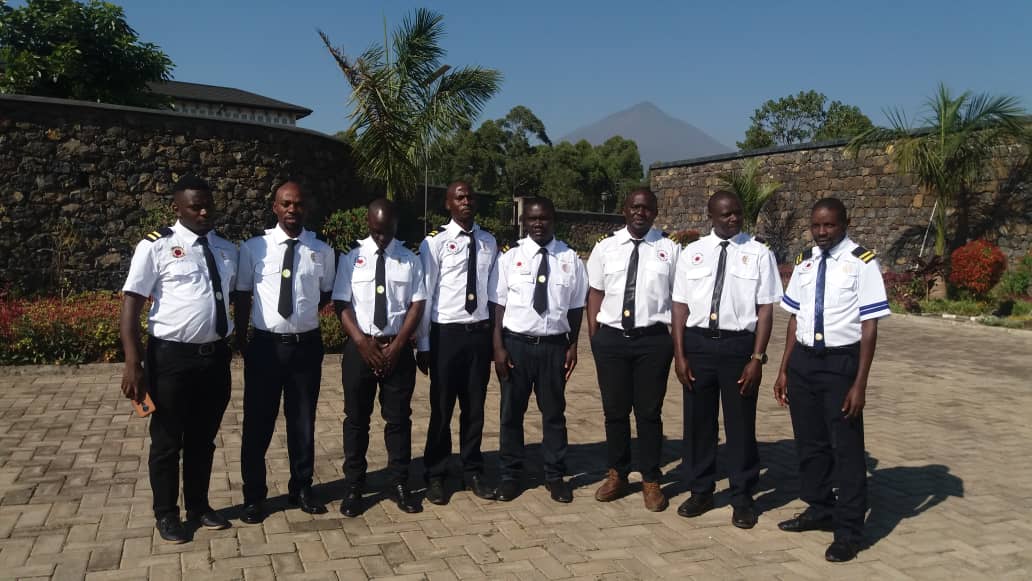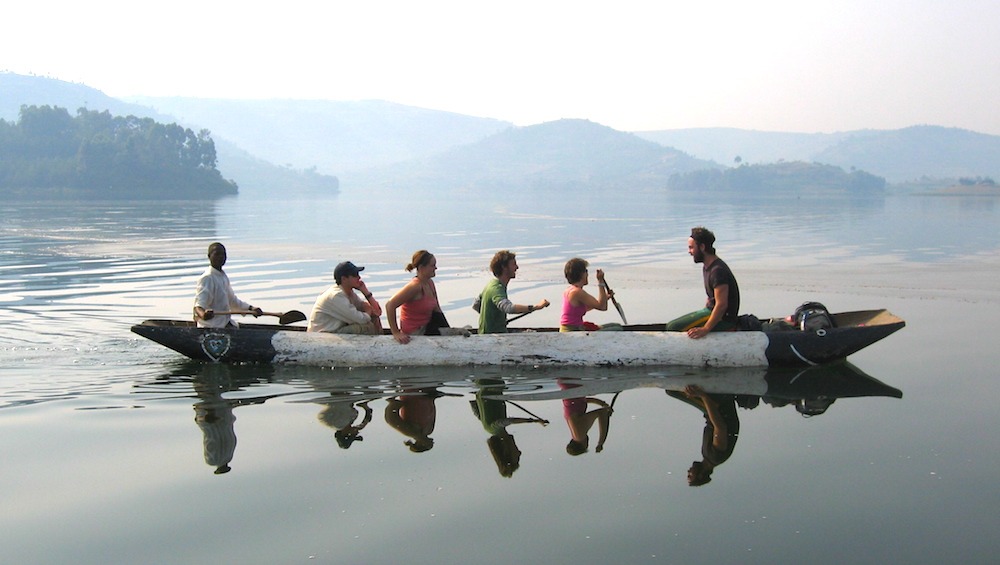
Uganda’s Hidden Gems: The Lesser-Known Tourist Attractions
While Uganda is renowned for its mountain gorillas and the source of the Nile, the Pearl of Africa harbors countless hidden treasures that remain largely undiscovered by mainstream tourism. Beyond the well-trodden paths to Bwindi and Murchison Falls lie extraordinary destinations that offer authentic experiences and untouched natural beauty.
The Mystical Ssese Islands

Scattered across the northwestern shores of Lake Victoria, the 84 Ssese Islands remain one of Uganda’s best-kept secrets. While Bugala Island sees some visitors, the smaller islands like Banda and Bukasa offer pristine beaches, traditional fishing communities, and stunning sunsets over Africa’s largest lake. The islands provide a perfect escape from the mainland’s hustle, with opportunities for island hopping, fishing with local communities, and experiencing the unique Ssese culture.
Kidepo Valley National Park: Africa’s True Wilderness
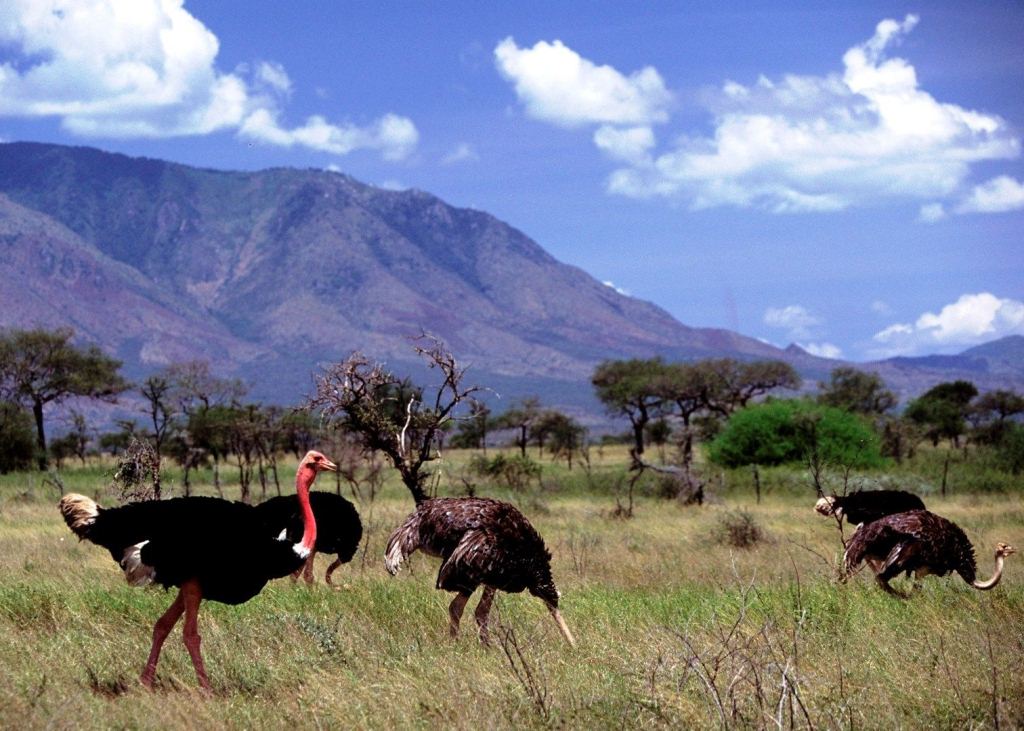
Tucked away in Uganda’s remote northeastern corner, Kidepo Valley National Park rivals any East African safari destination but receives a fraction of the visitors. This rugged wilderness spans 1,442 square kilometers of semi-arid savanna and hosts species found nowhere else in Uganda, including cheetahs, caracals, and bat-eared foxes. The park’s isolation has preserved its authentic wilderness character, offering visitors the rare experience of having vast landscapes entirely to themselves.
The Enchanted Rwenzori Foothills

While the snow-capped peaks of the Rwenzori Mountains attract serious mountaineers, the mystical foothills hide ancient crater lakes, traditional Bakonzo villages, and some of Uganda’s most spectacular waterfalls. The Kilembe Trail’s lower sections can be explored on day hikes, revealing moss-draped forests, giant lobelias, and crystal-clear mountain streams. Local communities offer cultural walks that showcase traditional healing practices and age-old farming techniques on the mountain slopes.
Semuliki National Park: Uganda’s Piece of Central Africa

This small but remarkable park protects Uganda’s only lowland tropical rainforest, creating a unique ecosystem that’s more similar to the Congo Basin than typical East African landscapes. Semuliki’s hot springs bubble up from the earth at temperatures reaching 100°C, while the forest canopy shelters over 400 bird species, including many found nowhere else in East Africa. The park’s relative inaccessibility has kept visitor numbers low, preserving its pristine character.
Lake Bunyonyi’s Secret Islands

While Lake Bunyonyi itself is gaining recognition, most visitors stick to the main accommodations and miss the lake’s 29 islands, each with its own story and character. Punishment Island holds a dark history as a place where unmarried pregnant girls were abandoned, while Bwama Island houses a former leper colony turned museum. Exploring these islands by dugout canoe reveals hidden coves, traditional craft workshops, and opportunities to engage with local communities living their ancestral lifestyle.
The Sacred Kagulu Rock
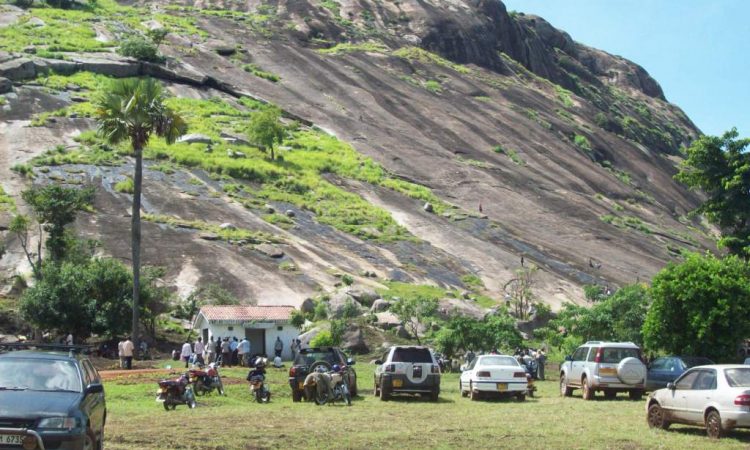
Rising dramatically from the plains of eastern Uganda near Buyende, Kagulu Rock stands as both a geological marvel and a sacred site steeped in Busoga tradition. This massive granite inselberg, towering over 3,900 feet above sea level, is believed to be the birthplace of Kintu, the legendary first king of Buganda. The rock’s summit offers breathtaking panoramic views across the Busoga countryside, while its caves and crevices harbor ancient spiritual sites where traditional ceremonies still take place. The challenging climb to the top rewards visitors with spectacular sunrise views and encounters with local pilgrims who continue to honor ancestral traditions at this mystical location.
Mount Elgon’s Hidden Caves

While Mount Elgon National Park is known among hiking enthusiasts, few venture to explore its extensive cave systems. Kitum Cave, famous for its salt-mining elephants, extends over 200 meters into the mountain and features cathedral-like chambers adorned with ancient salt deposits. The surrounding montane forest harbors unique species like the Jackson’s francolin and supports traditional Bagisu communities who practice ancient circumcision rituals on the mountain’s slopes.
The Pristine Amabere Caves
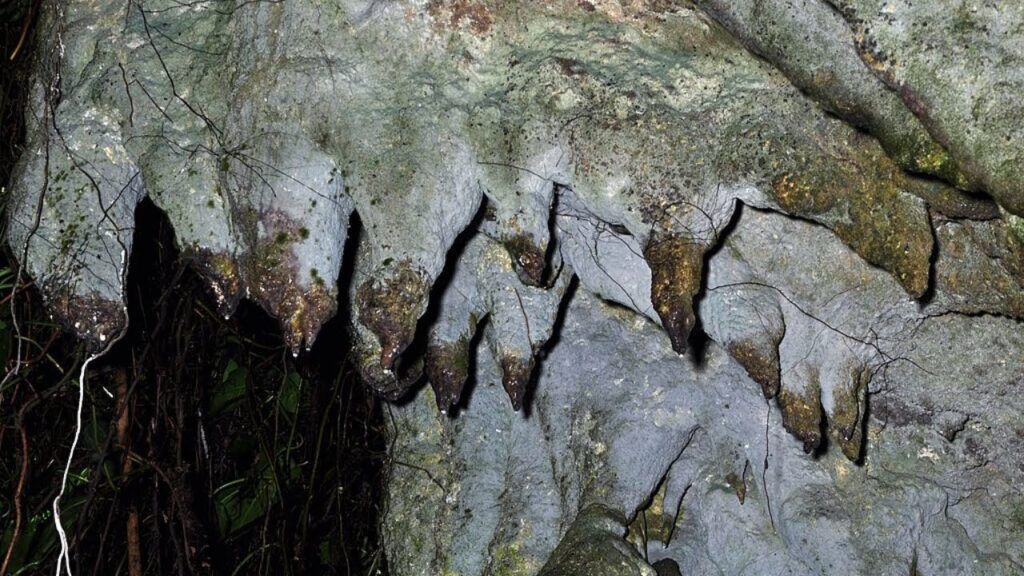
Near Fort Portal, the Amabere ga Nyina Mwiru caves combine geological wonder with cultural significance. These limestone formations, draped with calcium carbonate deposits resembling flowing milk, are steeped in local legend about a rebellious princess. The caves are surrounded by crater lakes and offer excellent hiking opportunities through traditional farmlands where locals still practice subsistence agriculture.
Jinja’s Hidden Waterfalls
Beyond the famous Source of the Nile, Jinja district conceals numerous spectacular waterfalls accessible only to those willing to venture off the beaten path. Sezibwa Falls, considered sacred by the Buganda people, cascades through rocky gorges surrounded by natural forest. Local guides share traditional stories while leading visitors through the spiritual sites where ancient rituals still take place.
The Remote Karamoja Cultural Experience

Uganda’s northeastern Karamoja region remains largely untouched by modern tourism, offering perhaps the most authentic cultural experience in the country. The Karamojong people maintain their traditional pastoralist lifestyle, living in manyattas (traditional homesteads) and practicing ancient customs. Visitors can participate in cattle ceremonies, learn traditional crafts, and witness age-old social structures that have survived centuries of change.
Responsible Tourism in Hidden Uganda
Exploring these lesser-known destinations requires careful planning and cultural sensitivity. Many sites lack formal tourism infrastructure, making local guides essential for both navigation and cultural interpretation. Visitors should travel with reputable local operators who ensure benefits reach local communities while minimizing environmental impact.
The remoteness that keeps these places hidden also means limited facilities, so travelers must come prepared for basic accommodations and rustic conditions. However, this simplicity is precisely what makes these experiences so rewarding, offering glimpses of Uganda as it existed before mass tourism.
Planning Your Hidden Adventure

The best time to explore Uganda’s hidden gems varies by region, but generally, the dry seasons from December to February and June to August offer the most accessible conditions. Many remote areas require 4WD vehicles and experienced drivers familiar with local terrain.
Travelers should allocate extra time for these destinations, as remote locations often involve longer travel times and depend on local weather conditions. The rewards, however, are immeasurable: authentic cultural exchanges, pristine natural environments, and the satisfaction of discovering places few others have seen.
Uganda’s hidden attractions offer more than just alternative destinations; they provide windows into the country’s soul, where ancient traditions persist and nature remains largely untamed. For travelers seeking authentic experiences beyond the typical safari circuit, these hidden gems represent Uganda at its most genuine and spectacular.
To book a driver-guided safari in Uganda with us today- simply contact us now by emailing to [email protected] or call us now on +256-700135510 to speak with the reservations team.


